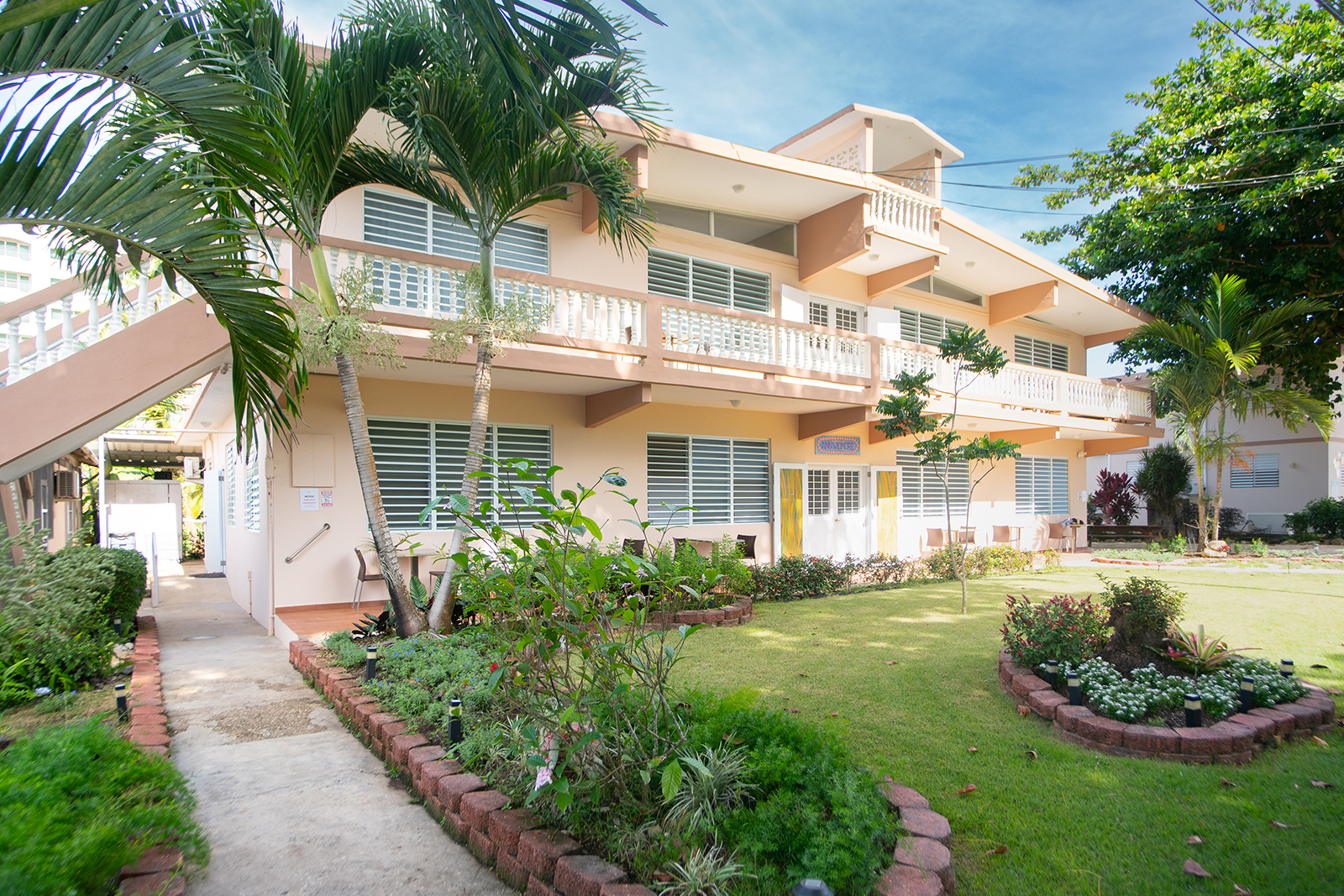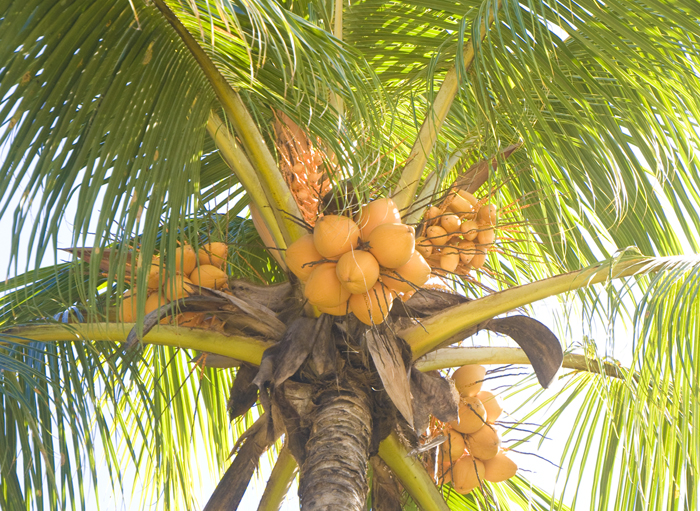Location
The Ann Wigmore Natural Health Institute is located on the west coast of Puerto Rico in the coastal town of Aguada. The grounds of the Institute touch the ocean shore where our students can enjoy swimming, walks on the beach, and spectacular sunsets. As part of the schedule, our students also enjoy excursions to alternative beaches and weather permitting, Rincon’s Art Walk.

The Island
The Commonwealth of Puerto Rico, an unincorporated territory of the United States, is part of the Caribbean chain of islands (the West Indies) that separate the Atlantic Ocean from the Caribbean Sea. A U.S. Passport is not necessary for travel to the island.
Puerto Rico’s native inhabitants were know as the Taino people who called their island Borikén. Many of today’s Puerto Ricans refer to their island home as Borinquen – a derivation of the original Taíno name.
Puerto Rico is located to the east of the island of Hispaniola (home to Haiti and the Dominican Republic) and west of the U.S. Virgin Islands. It is smaller than the state of Connecticut at only 3,515 sq. miles. (Connecticut is 5,543 sq. miles.)
The Climate
Like many tropical islands, Puerto Rico has two main seasons; wet (mid-April to mid-December) and dry (mid-December to mid-April). The Institute is open from November until mid-August, and closed September and October (hurricane season). It is sunny all year round, however, during the wetter months there are often afternoon rain showers. The temperature changes very little from season to season (ranging from 75° to 85°F (24°-29°C), making Puerto Rico a great destination any time of the year.
Join the Ann Wigmore Institute Online!
Ann Wigmore Living Foods Lifestyle™
Available in your home!
Immerse yourself in the Living Food Lifestyle AND learn by doing. Ann Wigmore Natural Health Institute’s unique online program will help you to make lasting lifestyle changes that will impact your health for years to come.

Coconut Trees and more
Over 500 native species of trees and at least 250 introduced species can be found on this lush Island. Coconut palms, believed to have come from S.E. Asia, and banana, mango and almond trees, are found on and surrounding our campus. Many of the coconuts we use at AWNHI come directly from our own and neighboring organic palm trees. We are fortunate to have this delicious fruit in abundance.
Our students can be found walking under the trees, on the pebble path near our greenhouses, lying in a hammock overlooking the palms, or listening to the coquis (tiny tree frogs) in the evening. Tropical vegetation is all around us.
